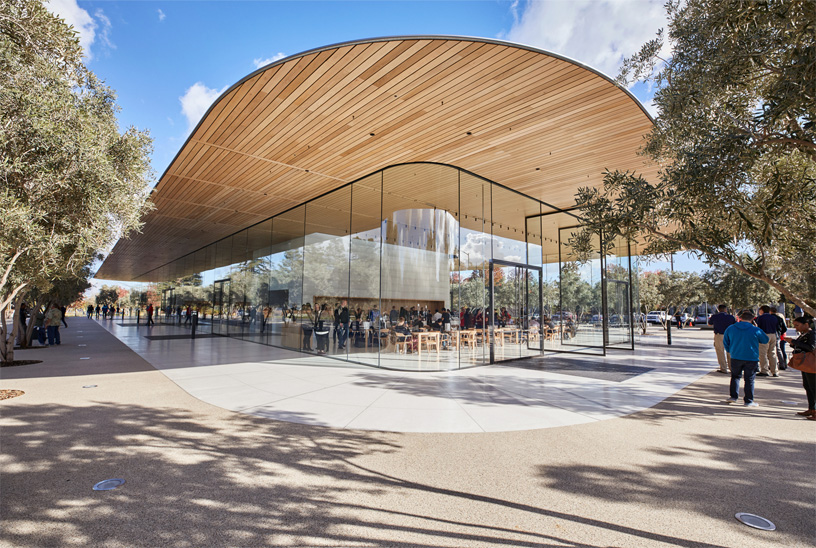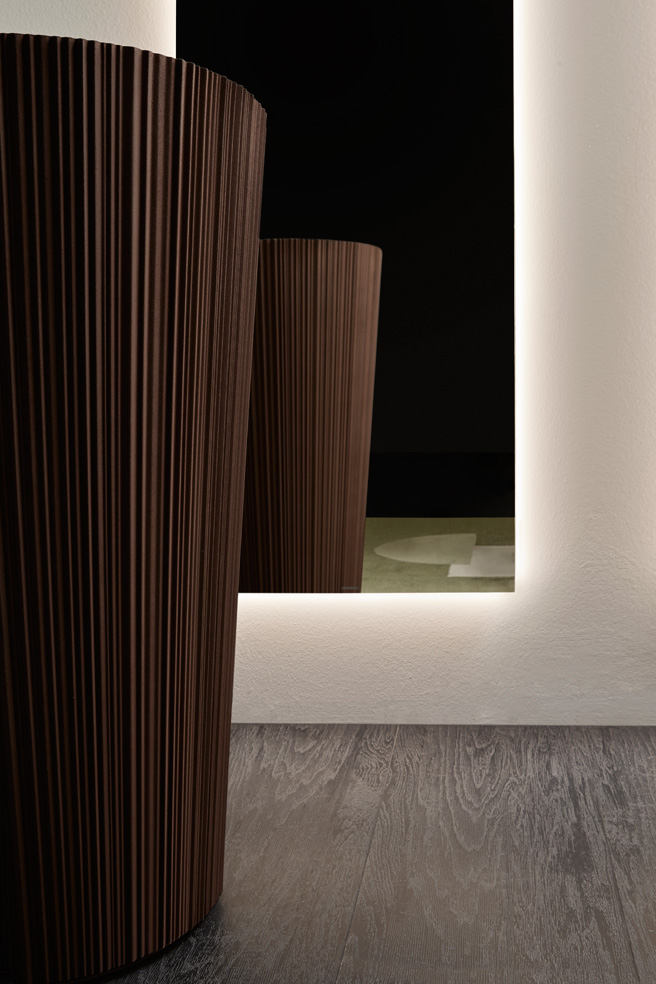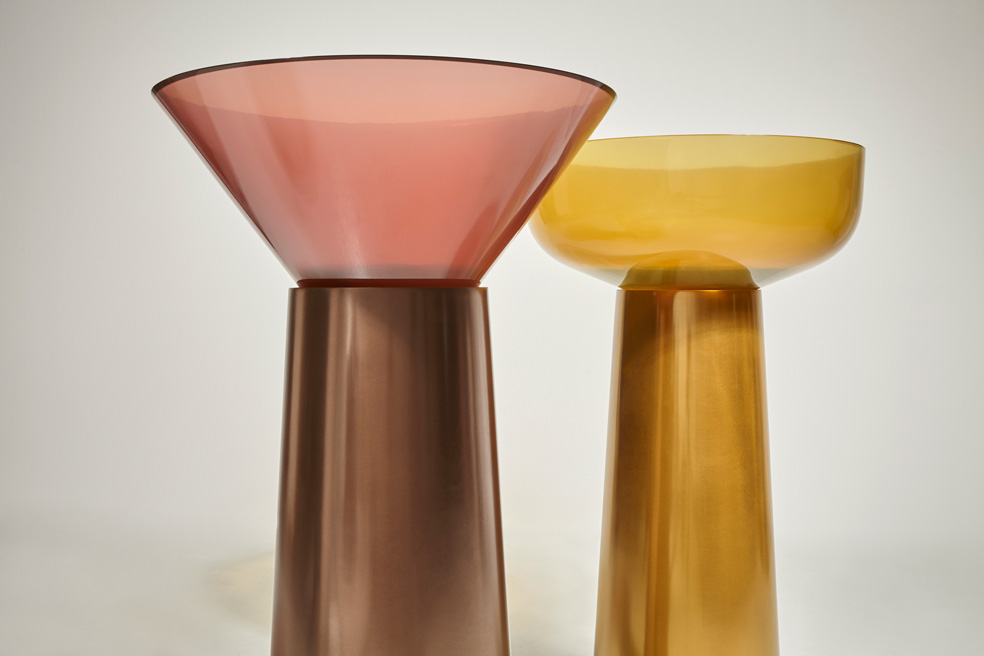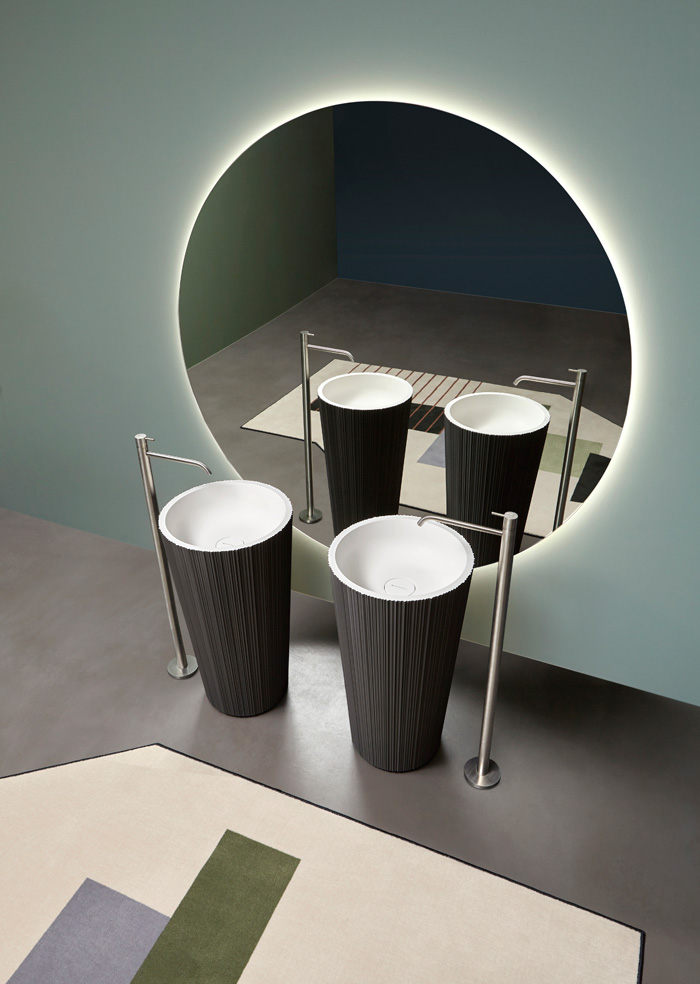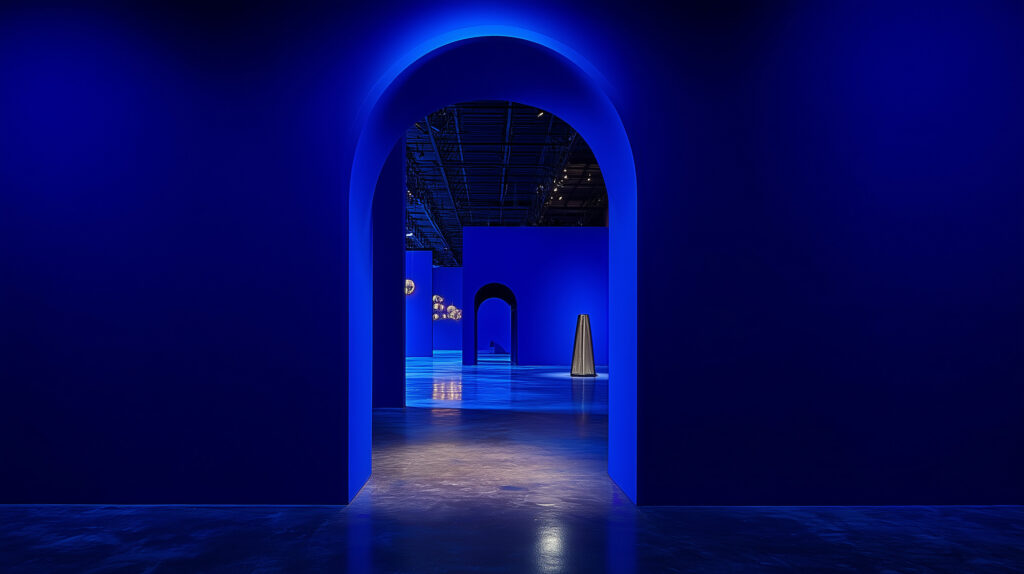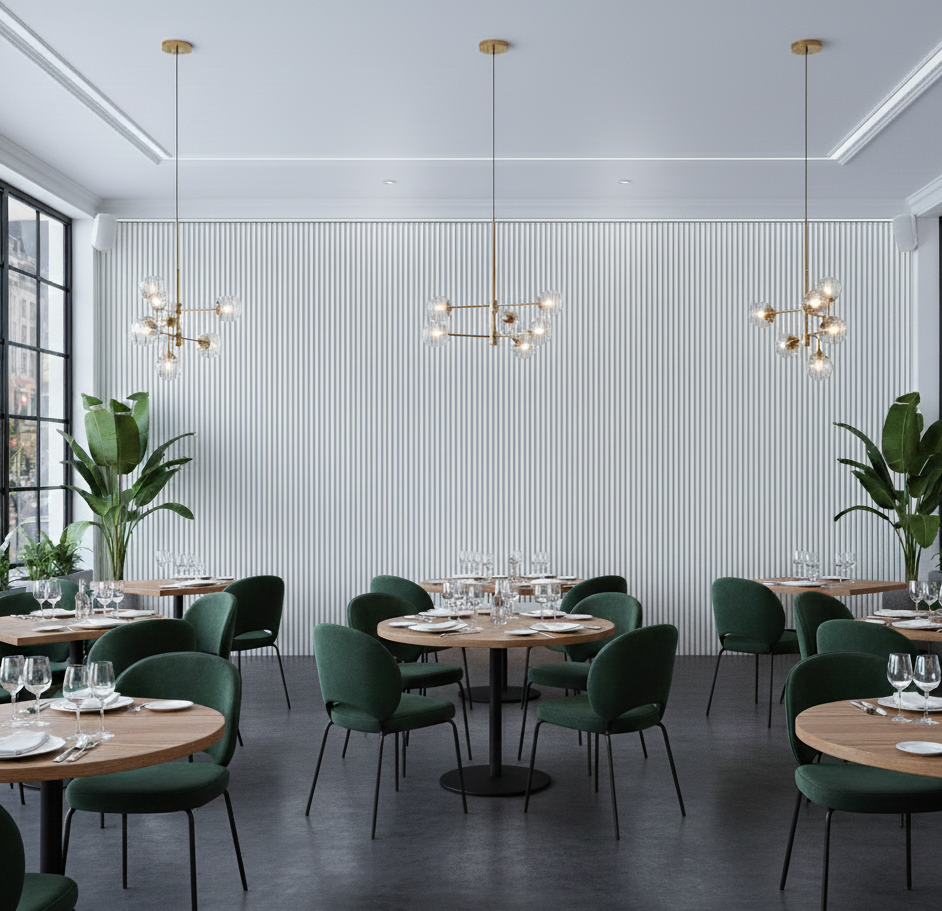A few days ago, Jonathan Ive announced that he will leave Apple, after over 25 years of a fruitful collaboration that revolutionized the look of consumer electronics. Jony (Jonathan) Ive joined Apple in 1992, before Steve Jobs’ return as CEO, and has been Head of Design for the Cupertino-based company for several years now.
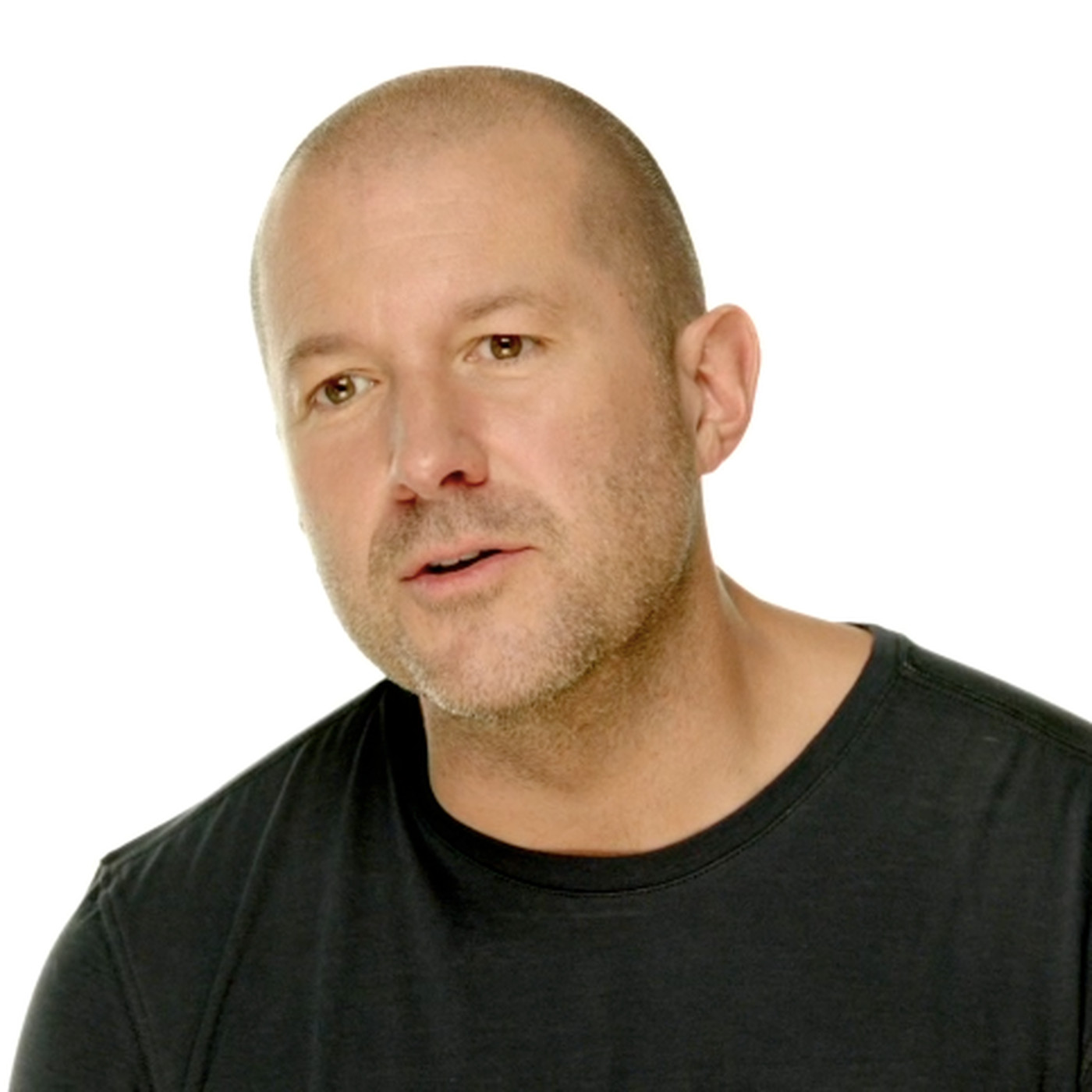
Since 1998, with the help of the Apple design team, Ive has designed PCs, laptops, smartphones, tablets and watches that have significantly changed the relationship with the technological object, making it an object to show and easier to use, thanks to the extreme simplification of functions and accessories.
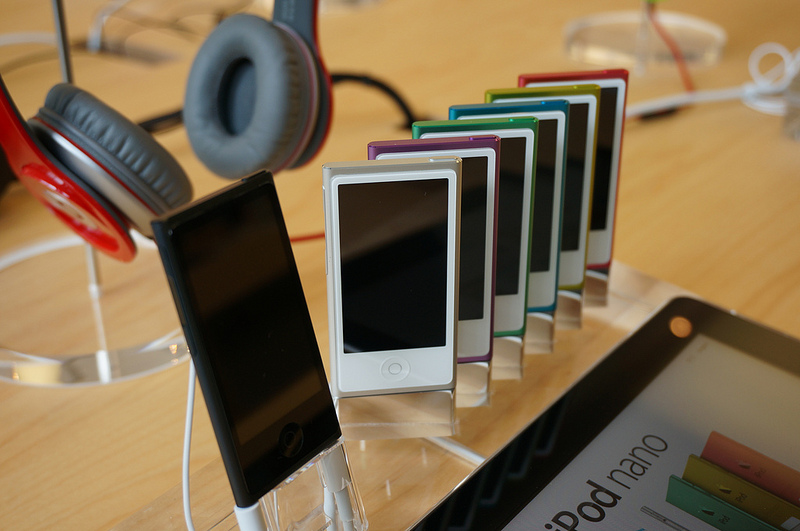
It is commonly said that Jony Ive drew inspiration from Dieter Rams and iconic Braun products. Indeed, some products are remarkably similar to Braun products (Power Mac G5, iPod, iMac 2005), but the technological simplification of some functions of the first iPod, for example, such as the click wheel, was inspired by Bang & Olufsen (another brand known for its elegant and minimal products).
Until 1998, when the first iMac was launched, PCs – including Power Macintosh PCs – used to be grey boxes with grey screens. The first iMac was highly innovative, both from a functional and a formal point of view. It was made up of a single body that contained everything, both PC and screen, in a colorful and translucent plastic shell. It was the first with USB ports and without parallel, serial or SCSI ports, and the design included also the keyboard and the mouse, made of the same plastic. An opening on the top of the case served as a handle.
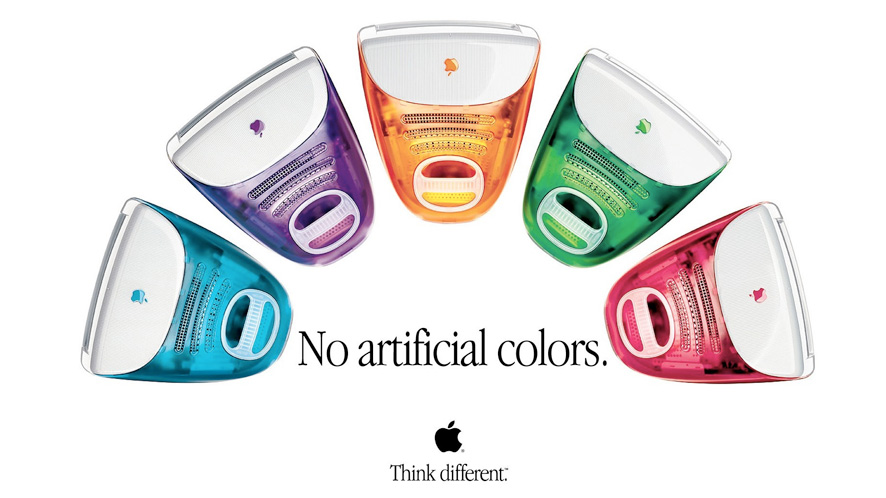
The evolution of desktop PCs continued with the following models of iMac, which gradually shifted to white, first with the model with the round base (2002), and later with the all-in-one that has arrived to nowadays. White, that particular shade of white known as “Apple white,” is among the new features introduced by Ive.
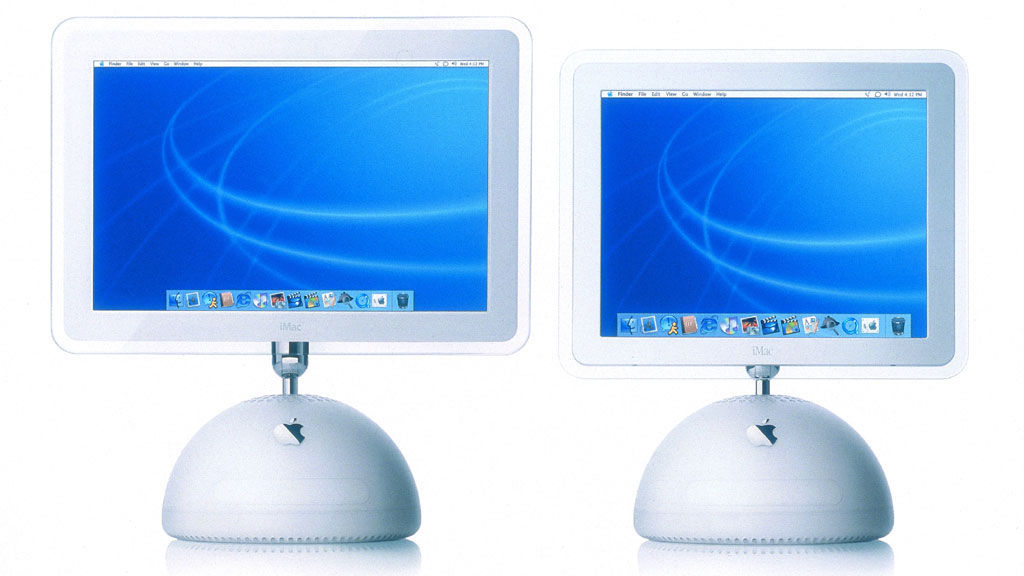
Laptops have undergone the same evolution. Starting from 1999, with the first iBook, available in Blueberry and Tangerine, to the iBook G3, the first iBook with a white polycarbonate case, to the Unibody MacBook Pro, a single aluminum case, up to the ultra-light MacBook Air. Every formal evolution brought with it just as much technological innovation.
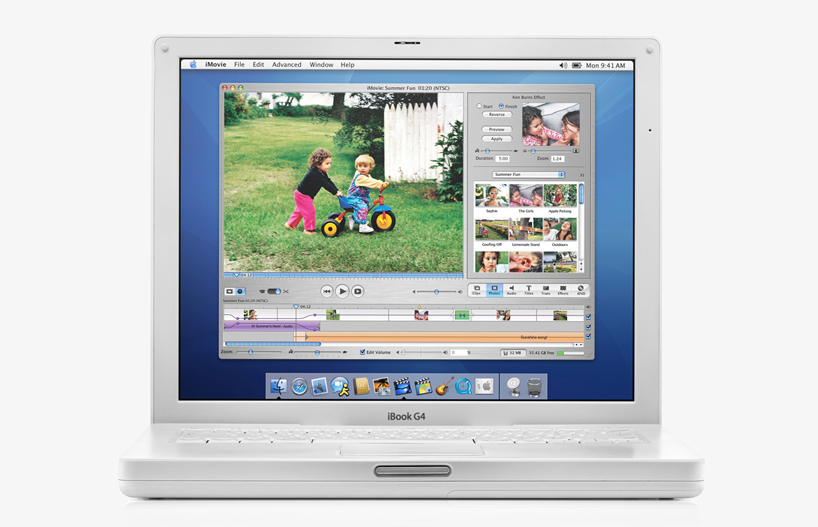
The gradual disappearance of cables thanks to Wi-Fi; the elimination of the CD well ahead of its competitors, but especially the user interface, which was simplified to become user-friendly – but not only. The wallpaper in a color matching the external shell, the endless possibilities of changing wallpapers and icons – ancestors of emojis – brought technology to a much wider audience.
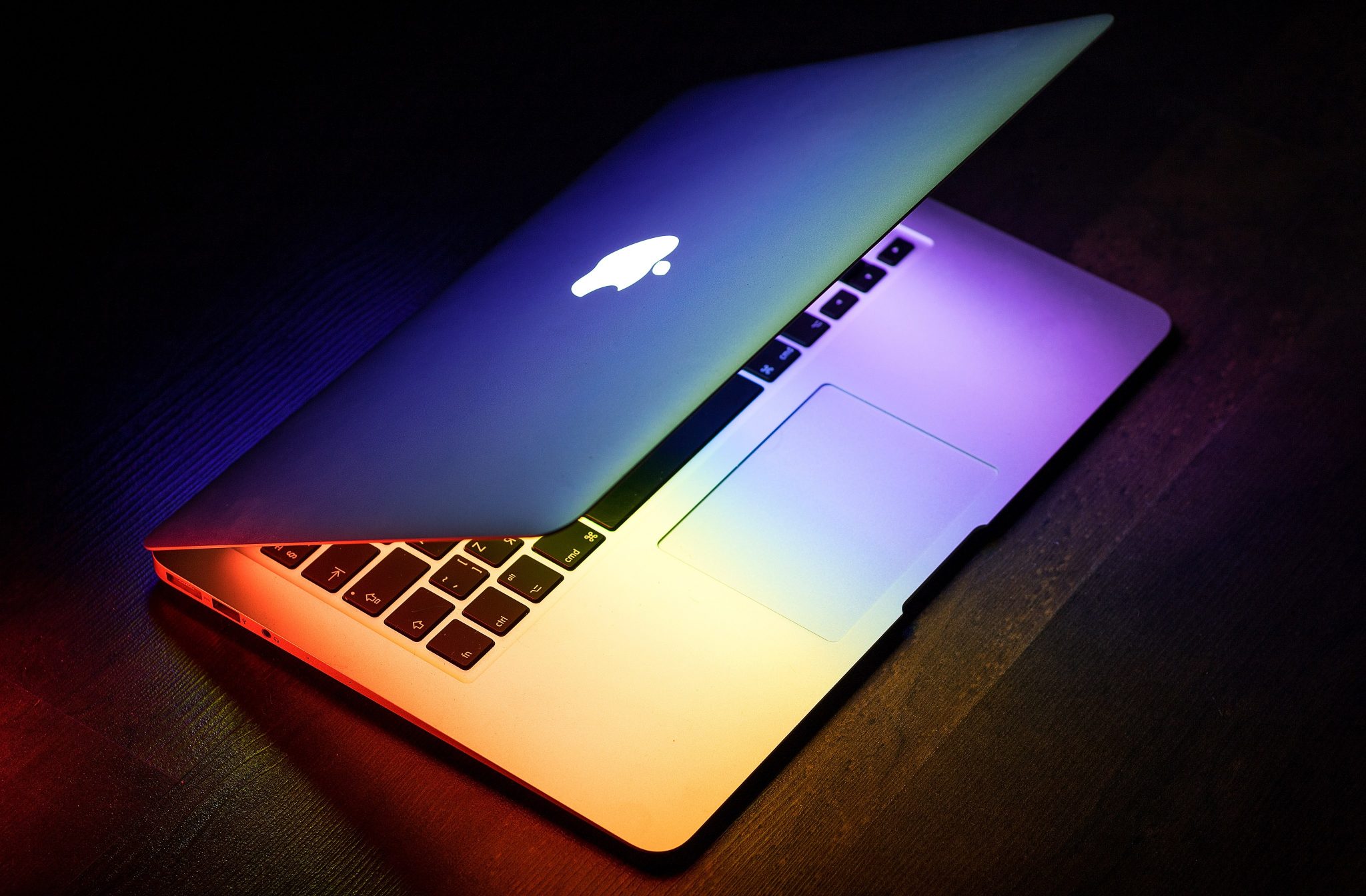
The research, innovation, and design of Apple products have always been associated with higher than average prices, partly justified by the actual research content, partly due to the company’s marketing strategies.
In 2001, with the launch of the iPod and the iTunes platform, Apple entered the entertainment industry, the source of many successes for the Californian company. Perhaps it was in 2007, with the first iPhone, that Apple began to move into an increasingly exclusive market segment. The latest versions of iPhone have increasingly high prices that fans of the company (we can safely call them ‘fans’ since Apple has managed to create a community) are willing to pay, while fewer new customers are willing to do the same.

In 2010, Apple introduced the iPad, one of the first tablets. A market segment that perhaps will not last, but 10 years ago it was an authentic revolution.
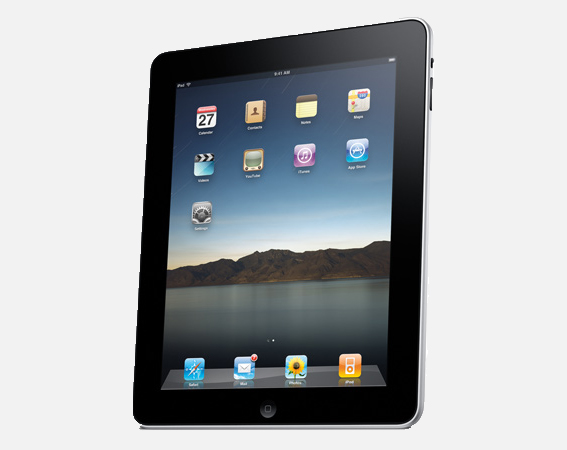
In 2015, Apple launched Apple Watch, the first project resulting from the collaboration between Jonathan Ive and Marc Newson, who started collaborating with Apple in 2014. And Newson might have had some influence on the evolution of Apple products, which seem to target an increasingly exclusive audience.
In the meantime, something must have changed. A few days ago Jonathan Ive announced that he will leave Apple to open his own design studio in collaboration with Marc Newson, renowned for many iconic furnishing products and for the exclusive luxury of many of his projects, from the interiors of private jets to Riva motorboats, Louis Vuitton suitcases, and much more.
Restiamo dunque in attesa dei nuovi progetti del team Ive-Newson, che si chiamerà LoveFrom.
In the featured image, the new Apple Park in Cupertino, a project by Foster + Partners, whose interior design was supervised by Jony Ive.






